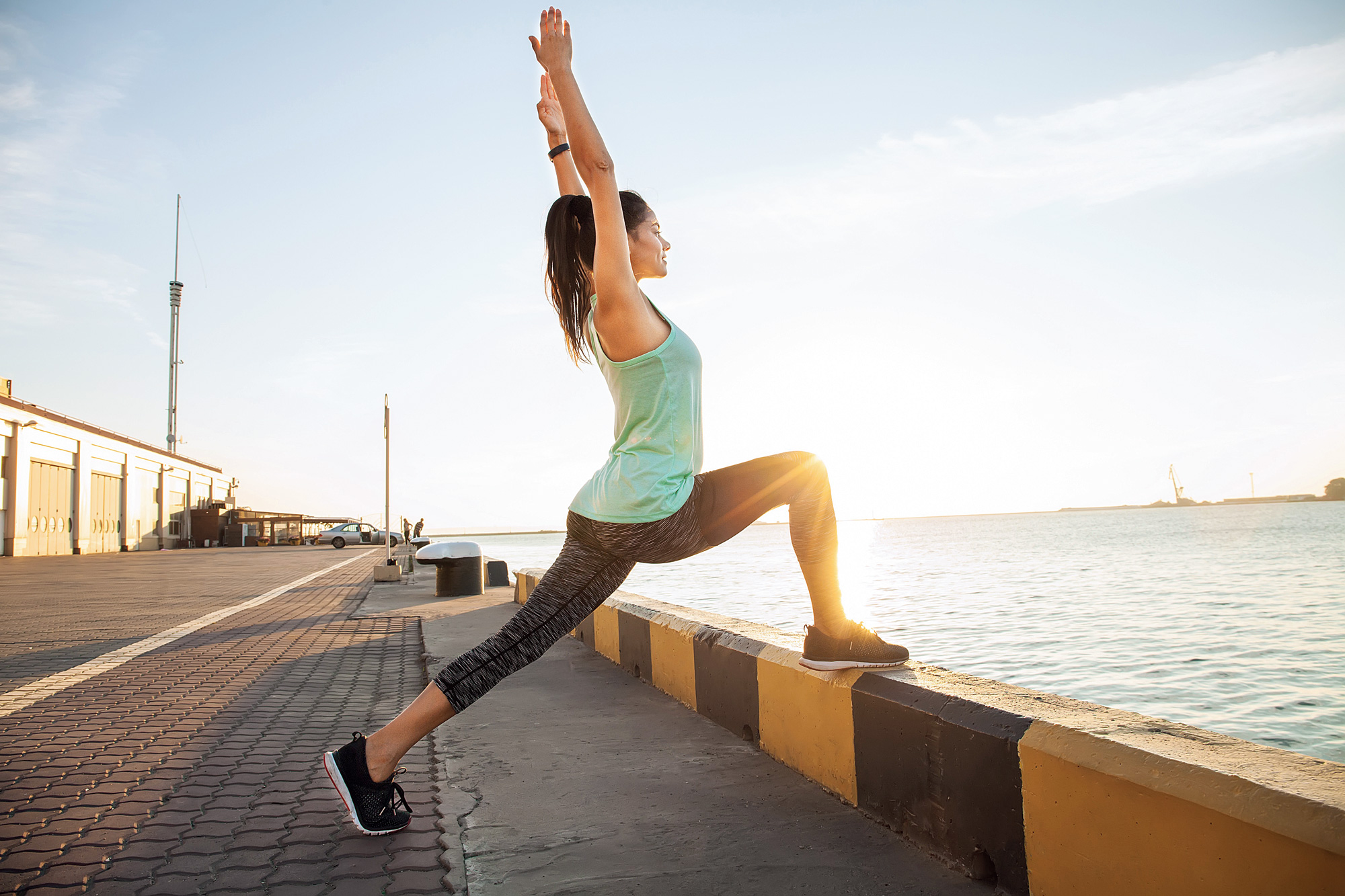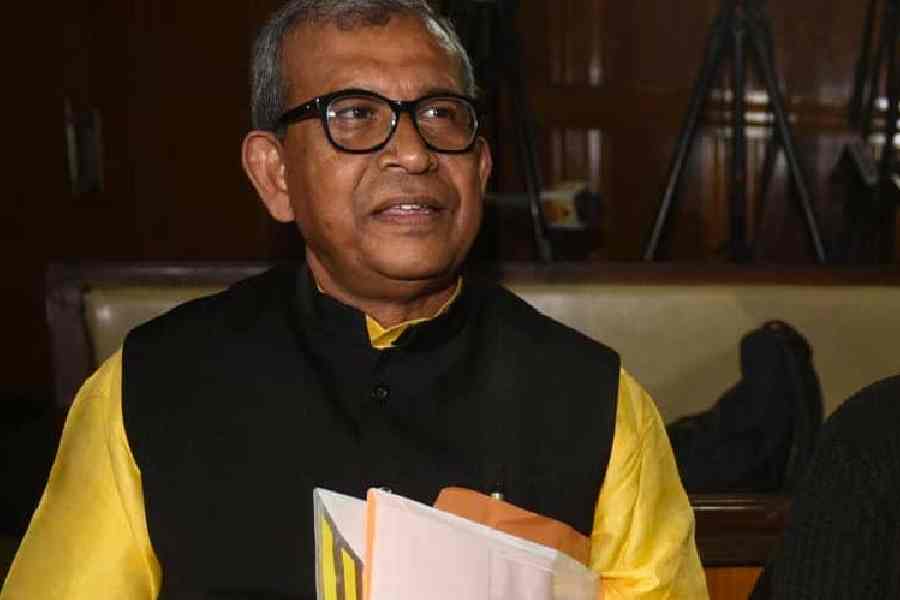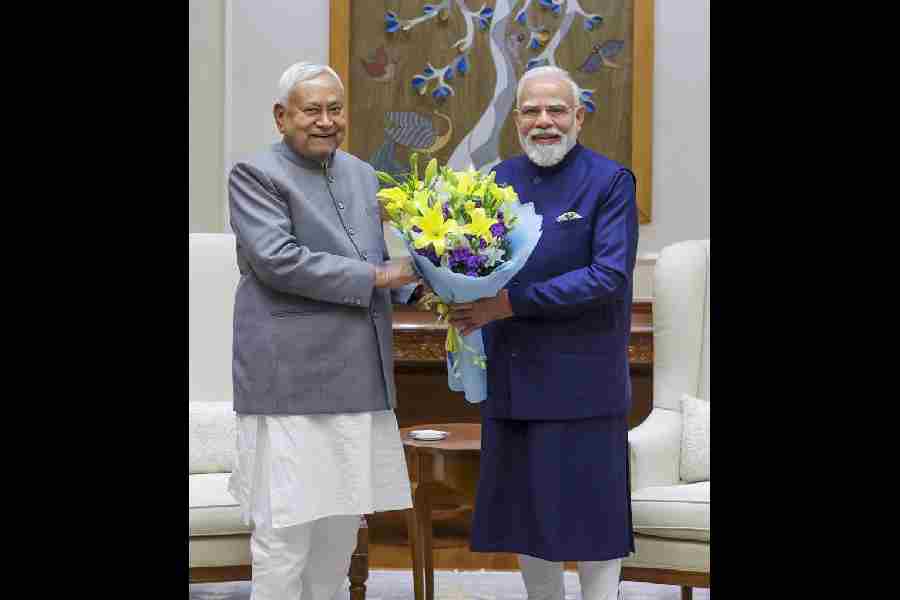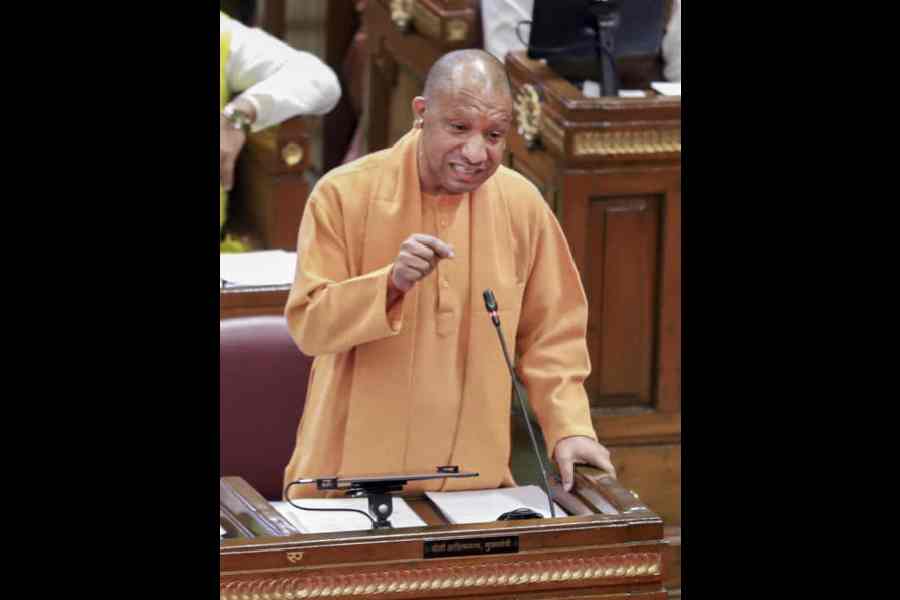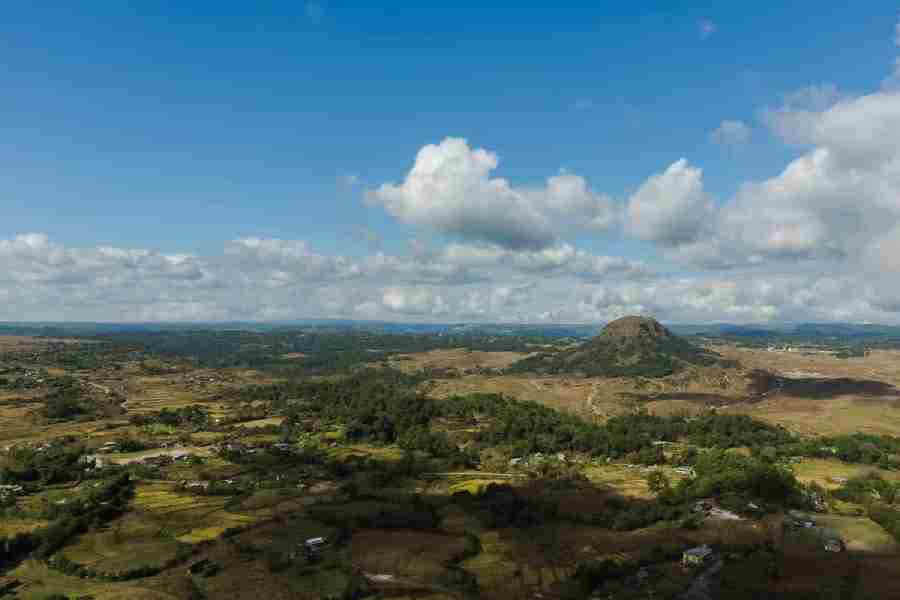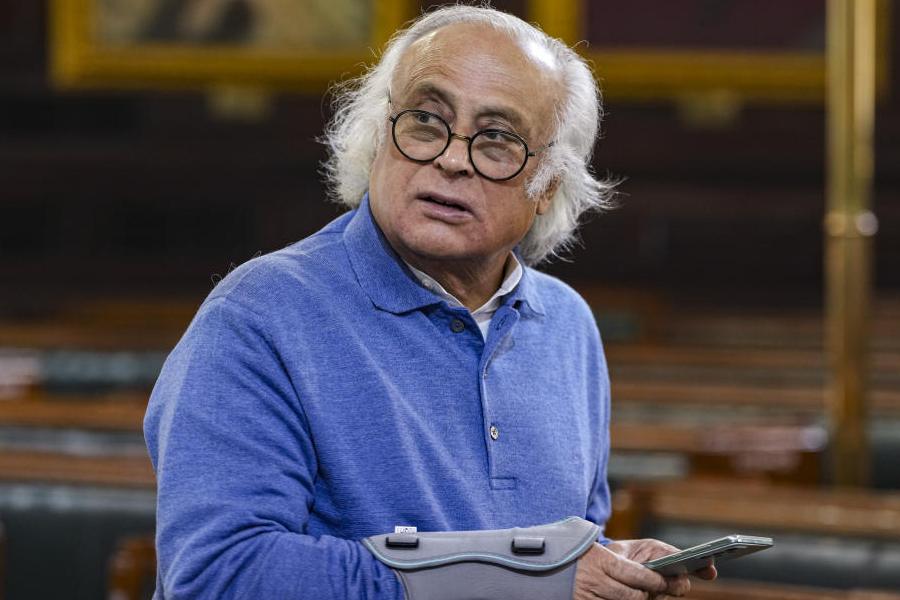Muscle loss, commonly known as sarcopenia, is the loss of muscle mass with age. It is estimated that both men and women lose muscle mass at a rate of one to two per cent per year and by the age of 80 we tend to lose around 40 per cent of our muscle mass. This rapid loss of muscle mass can have negative consequences, such as the ability to move and function and there is a higher risk of falling down too.
Lack of physical activity, decrease in anabolic hormones, such as testosterone, and growth hormone, increase in age-related inflammation and decrease in protein intake can all lead to sarcopenia. There are two clinical ways to diagnose sarcopenia — measuring grip strength using a dynamometer (<16 kg for women and <26 kg for men) and muscle mass using DEXA.
Studies have reported that progressive resistance training and nutrition have been effective in slowing the loss of muscle mass. Here are a few recommendations to slow the rate of muscle loss in one’s middle age.
-
Perform progressive resistance training: Include movements that involve big muscle groups such as hip/knee/ankle/shoulder extensors and flexors. Keep the load low and gradually build volume, performing two to three sets of eight to 10 repetitions with control (technique is key, therefore supervision of a qualified coach will be important).
-
Add progressive balance and coordination exercises: Mindful movements that are commonly seen in yoga, tai chi and pilates can be incorporated. But movements should be progressed gradually based on individual competency and the structure of the joints. Remember, everyone’s virabhadrasana (warrior pose) may not look the same due to the structure of the hip and pelvic joint and/or competency level.
-
Diet: Add enough protein, essential fats such as omega-3 in your diet along with important micronutrients such as calcium and magnesium. Make sure overall energy intake is adequate.
How to age well through exercise
Several factors influence ageing. Physiological conditions (that is, not suffering from major illnesses and the ability to function without depending on others), social and psychological well-being can all play a role in overall quality of life. Over the years, many clinical trials have confirmed that exercise can be very effective in positively influencing the overall quality of life.
However, exercise is one aspect of the overall, bigger movement framework. So instead of having a set mindset regarding exercising, we should rather seek opportunities to move consistently well. Here are a few important movement strategies…
-
Explore different movements: Instead of relying on moving a set way to get your exercise dosage, try and include various movements. For example, some people get so obsessed with long-distance running and walking that they lose the opportunity to explore other movements. Learning new movement skills can help with cognitive brain development and also keep things less monotonous. In addition, there can be less wear and tear on the joints, provided movements are performed well.
-
Quality over quantity: Movements should be gradually progressed, emphasising on quality. Remember, it is better to be consistent rather than going hard for a month and then not doing anything the following month. Further, most injuries happen when we add too much stress too early, as a result the body breaks down. This can negatively impact the overall quality of life.
-
Measurements: Measurements such as calories burnt and steps count keep a track of our daily activities but one should not be obsessed with them. Many people tend to go through guilt trips when they do not exercise for a set duration of time. They do not realise that even if they break the total duration into shorter sessions throughout the day they can still get the same benefit.
For example, let us look at the popular 10,000 steps phenomena. The idea behind 10,000 steps is about making people move rather than about the exact steps. Therefore, whether someone does it throughout the day, in one session, or play a sport or practices yoga, they can reap similar benefits as long as the intensity is right. The 10,000 steps are more about heart and lungs and less about the tiny steps we tend to get obsessed with.

The idea behind 10,000 steps is about making people move rather than about the exact steps. Whether someone does it throughout the day, in one session, or play a sport or practices yoga, they can reap similar benefits. The 10,000 steps are more about heart and lungs and less about the tiny steps we tend to get obsessed with Image: Thinkstock

